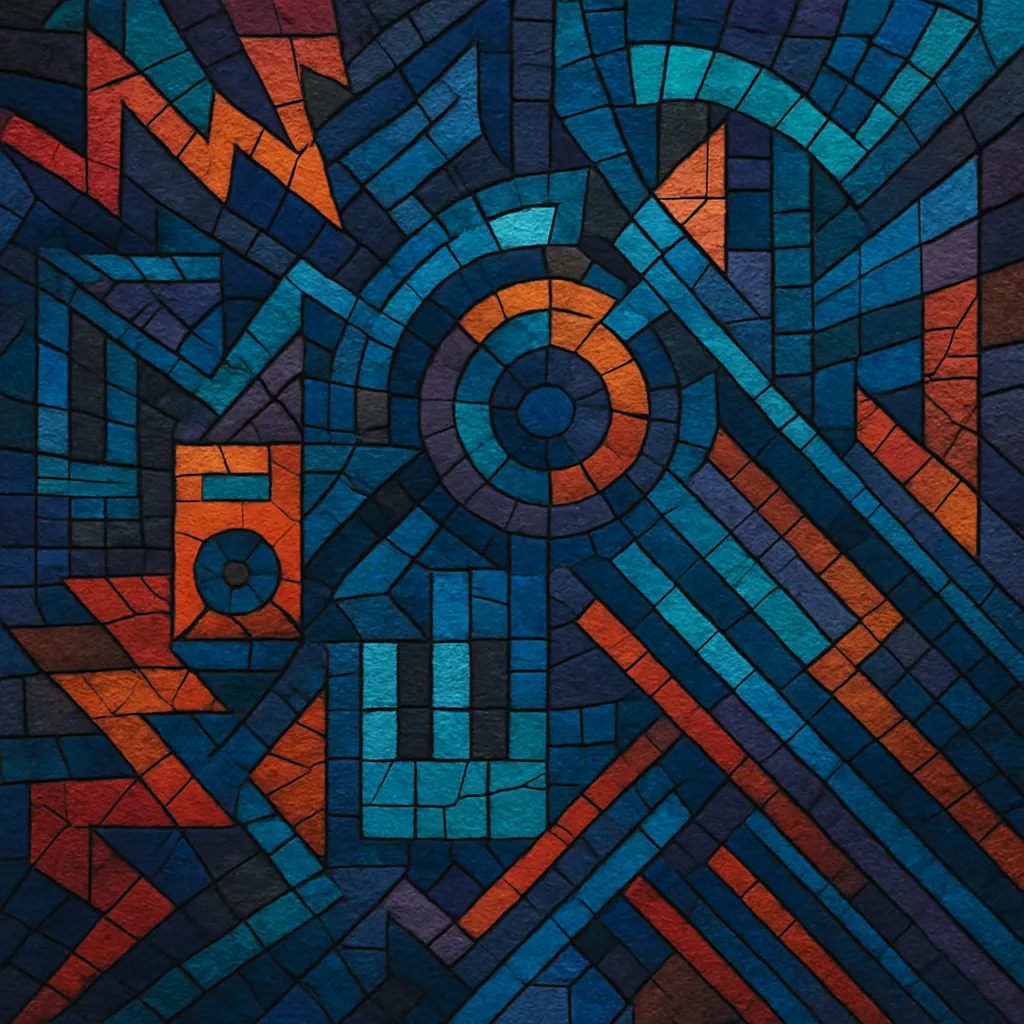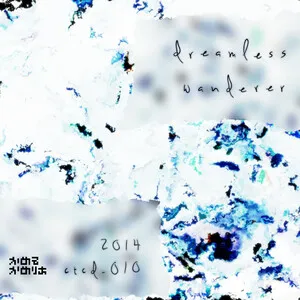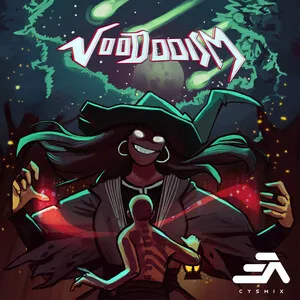
Your digging level
Description
Complextro is a subgenre of electro house known for its rapid-fire timbral changes, micro-edited fills, and intricately layered bass riffs. Rather than presenting a single lead sound, tracks cycle through many short motifs, each with distinct sound design, creating a kaleidoscopic, "patchwork" drop.
The style typically runs around 124–130 BPM with a four-on-the-floor groove, bright digital textures, staccato chord stabs, and tight sidechain compression. Its palette often borrows from chiptune and glitch, while adopting heavier bass design techniques from dubstep. The result is high-energy, hook-dense dance music where arrangement complexity and sound design virtuosity are central.
History
Complextro emerged at the turn of the 2010s as producers pushed electro house toward denser arrangements and more intricate bass programming. The aesthetic drew on the groove and structure of house and electro house, the digital sheen of French house, the micro-edits and stutters of glitch/glitch hop, and the aggressive sound design culture of dubstep.
Around 2010–2011, the term "complextro" circulated among producers and online stores to describe "complex electro" arrangements—drops built from many rapidly alternating timbres and riffs. Tracks by artists such as Porter Robinson, Wolfgang Gartner, Zedd, Madeon, Mord Fustang, and Feed Me helped codify the style: four-on-the-floor beats, crisp sidechaining, staccato chord hits, and modular bass phrases that change every beat or two.
The sound gained visibility through festival sets, gaming/online culture, and digitally native labels and channels that embraced high-intensity, melody-forward electro. Its emphasis on ear-catching sound design and quick-cut edits made it particularly well suited to YouTube-era listening and controllerist performance videos.
As the EDM landscape shifted toward big room, future house, trap, and later midtempo and bass hybrids, pure complextro releases became less common. However, its fingerprints—colorful chord stabs, resampled bass motifs, rapid motif-switching, and meticulous automation—carried forward into hybrid trap, melodic dubstep, color bass, and pop-oriented dance productions. Today, complextro stands as a bridge between electro house’s club roots and the hyper-detailed, sound-design-driven aesthetics of modern bass music.











